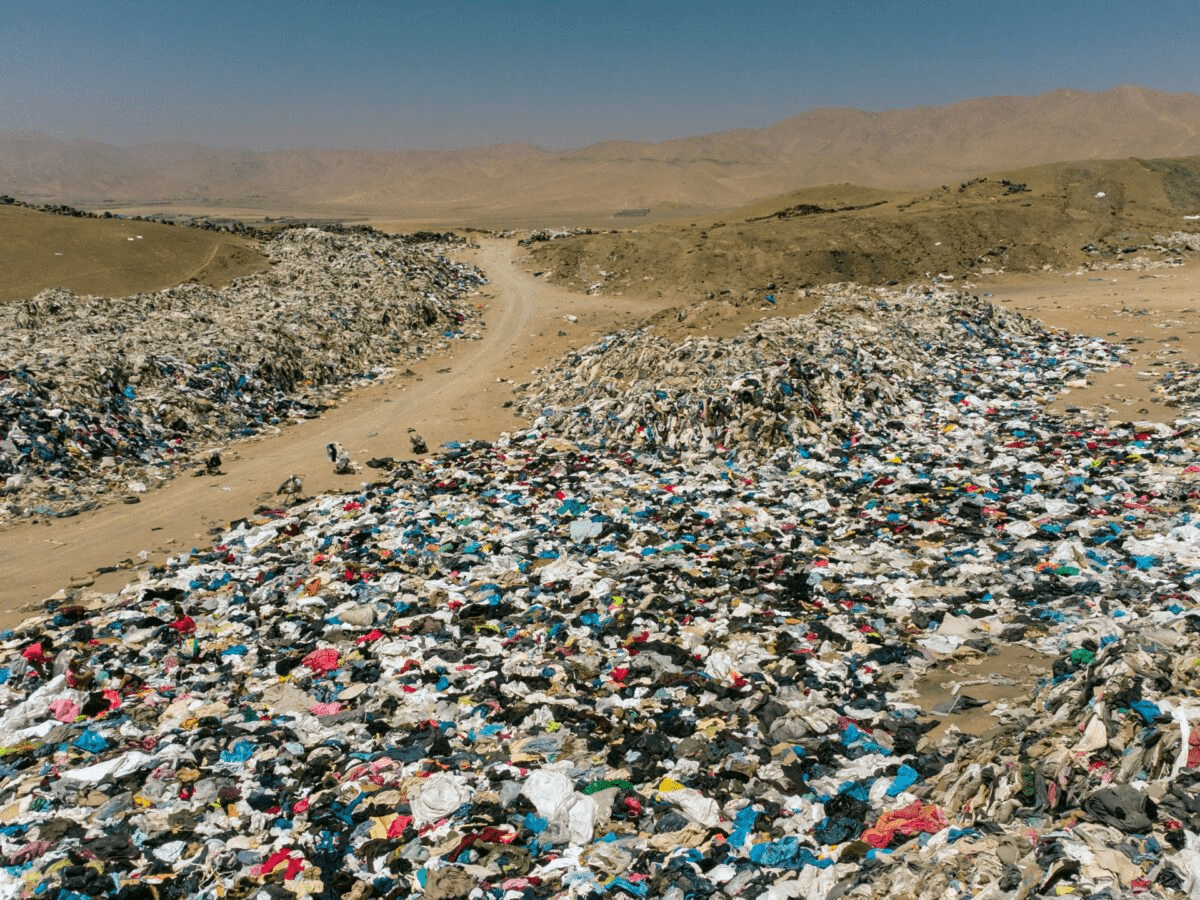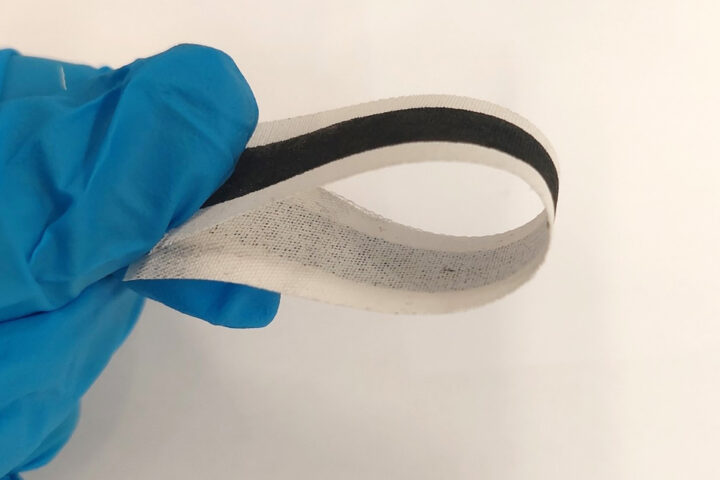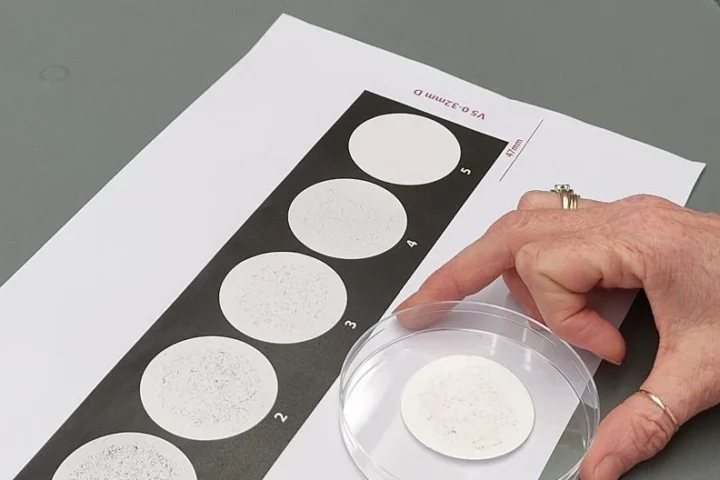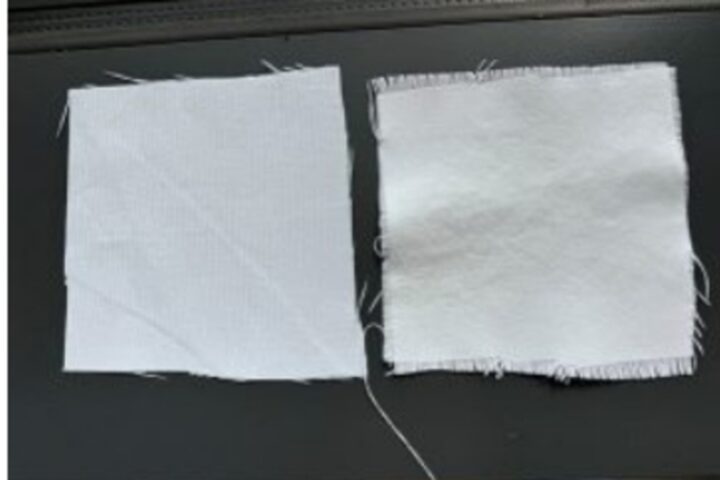Huge piles of unsold clothing in Chile’s Atacama Desert were visible from space, as confirmed by a Texas-based satellite imagery company. Validating previous media reports, images that provide a clear view of the scale of the clothes dump were released by SkyFi.
SkyFi’s mission is to make Earth observation data easily accessible, and the need for change in the fashion industry is highlighted by their image of the clothing pile from space. Satellites can see the pile of unused fast-fashion clothing in the Atacama Desert as it continues to grow.
When these clothes, manufactured in Bangladesh and China, remained unsold in retail stores across the US, Europe, and Asia, they were sent to Chile. A significant pollution problem is posed by the approximately 39,000 tons of these clothes accumulated in landfills in the Atacama Desert.
The size of the clothing pile compared to the nearby city of Alto Hospicio, as shown by SkyFi’s high-resolution satellite photo, makes it evident that a change is necessary. Owing to their non– biodegradable nature and chemical content, the discarded clothes cannot be sent to municipal landfills.
Migrants and local women search for items to wear or sell when the clothes are left near Chile’s Iquique port, close to disadvantaged neighborhoods. The story of modern fast fashion and its environmental impact is reflected in the presence of discarded clothes in Chile’s Atacama Desert.
One of the fastest-growing dumps for discarded clothes is the Atacama Desert, known as the world’s driest desert. Carbon emissions, water consumption, and river pollution are significantly impacted by the fast fashion industry while providing affordable fashion trends.
Similar Post
According to Ellen McArthur Foundation estimates, enough clothes to fill a garbage truck are burned or sent to landfills every second. The urgency to address its environmental consequences is emphasized by the size of the fast fashion market, projected to reach $122.9 billion in 2023.
An enormous toxic mountain of clothing, including brand-name sweaters, boots, t-shirts, and trousers, can be seen in the Atacama Desert burial ground. The colossal size of the unwanted clothes dump is revealed by SkyFi’s recent satellite photo, visible even from the moon.
An environmental issue due to the presence of toxic chemicals is posed by the discarded clothes, which weigh over 39, 000 tons. Manufactured in China and Bangladesh and then sold in stores across the US, Asia, and Europe, most of these clothes end up in Chile.
As the clothes in the Atacama Desert landfills are not biodegradable and contain harmful toxins and dyes, they are not suitable for local landfills. The social consequences of consumerism in the fashion industry are highlighted as local women often search through the clothing piles for items to wear or sell. Immediate attention is demanded by the growing pile of discarded clothes, and it requires immediate attention towards the environmental impact of fast fashion.

















